latest
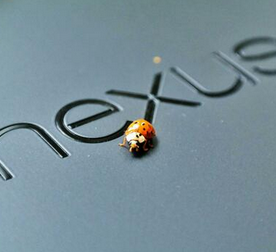
It has only been a couple of weeks since I wrote about the troubles with multi-touch (well, touch in general) on the 2013 Nexus 7. At the time, Paul Wilcox of Google's Product Support forum stated that the issue was being examined, and about a week later he confirmed that the JSS15Q update addressed the problem. While many people are reporting that the OTA has completely cleared up any touchscreen glitches that had been present, some people haven't seen any improvements, and still others are complaining that the problem has grown significantly worse.
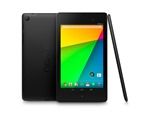
The new Nexus 7 is a sweet device, but it's not uncommon for a new product to have a few bugs. Such is the case with the NN7, which was exhibiting odd touchscreen behavior for some users. Google has confirmed that an Android 4.3 update with a fix for the touchscreen bug is going out now. Indeed, build number JSS15Q is starting to hit devices right now.

Since the launch of the refreshed Nexus 7, there has been quite the rollercoaster of good and bad news. Some stores jumped the gun on the release date, which inspired Google to get an early start, as well. That was followed by the revelation that the device would never be able to support Google Wallet. Then came the really shocking news that factory images may never be published, which was almost immediately resolved after JBQ announced he was leaving his station with AOSP. Now that some of the dust has settled and customers have had some hands-on time with the mid-sized tablet, quite a few people have experienced problems with GPS reliability.
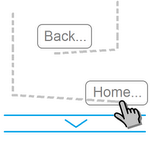
One of the great advantages of using a tablet device is its display. Having a big, bright touch display allows for enhanced media enjoyment, browsing, and gaming. Logically, a large touch display should make heavy use of touch controls, implementing at least some level of universal functionality to unify the touch-centric interface a tablet display begs for. Looking to bring this idea to fruition, Good Mood Droid created GestureControl, an app that allows rooted users to control their tablet using a variety of multitouch gestures.
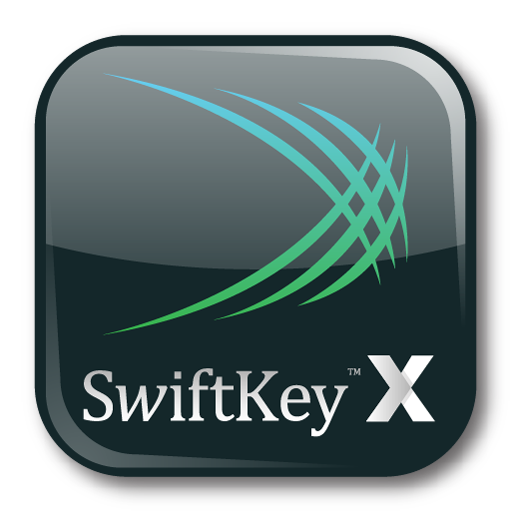
SwiftKey X is arguably one of the best keyboard alternatives for Android, and it's only getting better. The newest alphas (VIP login required) for both phones and tablets include a much-needed feature for any keyboard: multitouch. This will allow for even faster typing, fixing one of SwiftKey's biggest issues - missed and repeated letters.
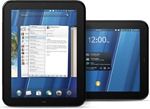
Developers are making progress on the Android - TouchPad front almost daily, and the next major hurdle has been crossed(aside from getting Android to boot, of course) -- the touchscreen. For the past few weeks, devs have been spending countless hours trying to get the multitouch display to work properly with Android, and that feat was achieved earlier today.

Thumb Keyboard, a multi-layout keyboard compatible with both phones and tablets, is, in my opinion, the absolute best single piece of software you can grace your precious tablet with (see our review for more details).
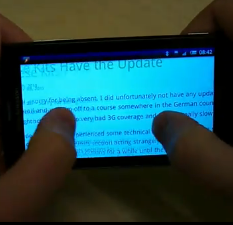
The impossible has happened: thanks to a new software update, the Xperia X10's Internet and Maps applications are finally multitouch-capable. And as if that weren't exciting enough for X10 owners, the update also introduces support for bi-directional languages (i.e. Arabic, Farsi, Thai, and Hebrew) - a nice addition, though definitely not as high up on most users' wish lists as a version of Android more recent than 2.1 (or 1.6, if you're using AT&T's edition of the device).

Following on from their press release on Wednesday, Sony Ericsson invited the media this morning to a designated conference room at the Hard Rock Hotel for some play time with their newest Android device. We spent over an hour with the handset to get an idea of what to expect when it hits the market.

Sony Ericsson has confirmed that it will not be updating its Xperia X10 line of smartphones to Android 2.2 Froyo. So, owners of the Xperia X10, X10 Mini and X10 Mini Pro will be stuck on Android 2.1 Éclair for the foreseeable future. However, Sony Ericsson has promised to provide some minor software updates, with features such as multitouch, later this year.

Do you feel the need for speed? Apparently you aren't alone, as Dolphin Browser Mini has just gone into public beta on the Market. The app offers numerous improvements over the regular version of Dolphin Browser as well as the HD version, including:

One of the more popular tip-tap software keyboards got a nice little upgrade today. SwiftKey, an aftermarket keyboard that uses intelligent statistical methods as well as scanning of your SMS inbox to predict the most likely next word, now has support for multitouch typing. As seen previously on the Droid X’s keyboard, this greatly enhances possible typing speeds… unless you have one of HTC’s infamously erroneous older touchscreen panels, that is.
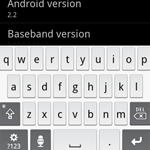
That was quick. Just two days after the release of the Droid 2, its multi-touch keyboard has already been ported to other devices, first the Droid Incredible and now the Droid, Nexus One, EVO, and Desire, though they only work on certain ROMs.

You know the drama with the XPERIA X10 multitouch support? The one where it was supposedly possible, then not, then possible again, then refuted for good?

As the title states, it has just come to light that the Sony Ericsson Xperia X10 will not be getting multitouch as was previously mentioned. In fact at first it was stated it would not be getting multitouch, then it was and now, yet again, it is not and that is the final word on it.

Sony Ericsson generated plenty of hype with the leaked screenshots and videos of its 'Rachel' UI on top of the Android operating system, but managed to stem the excitement a bit when it was revealed that it would be based on top of Android 1.6.

Yesterday, Verizon released the Motorola Droid 2.1 update schedule which turned out to be so drawn out that by the end of it, we would have seen Android 5.0 (OK, not really but it could take 2-3 weeks).












